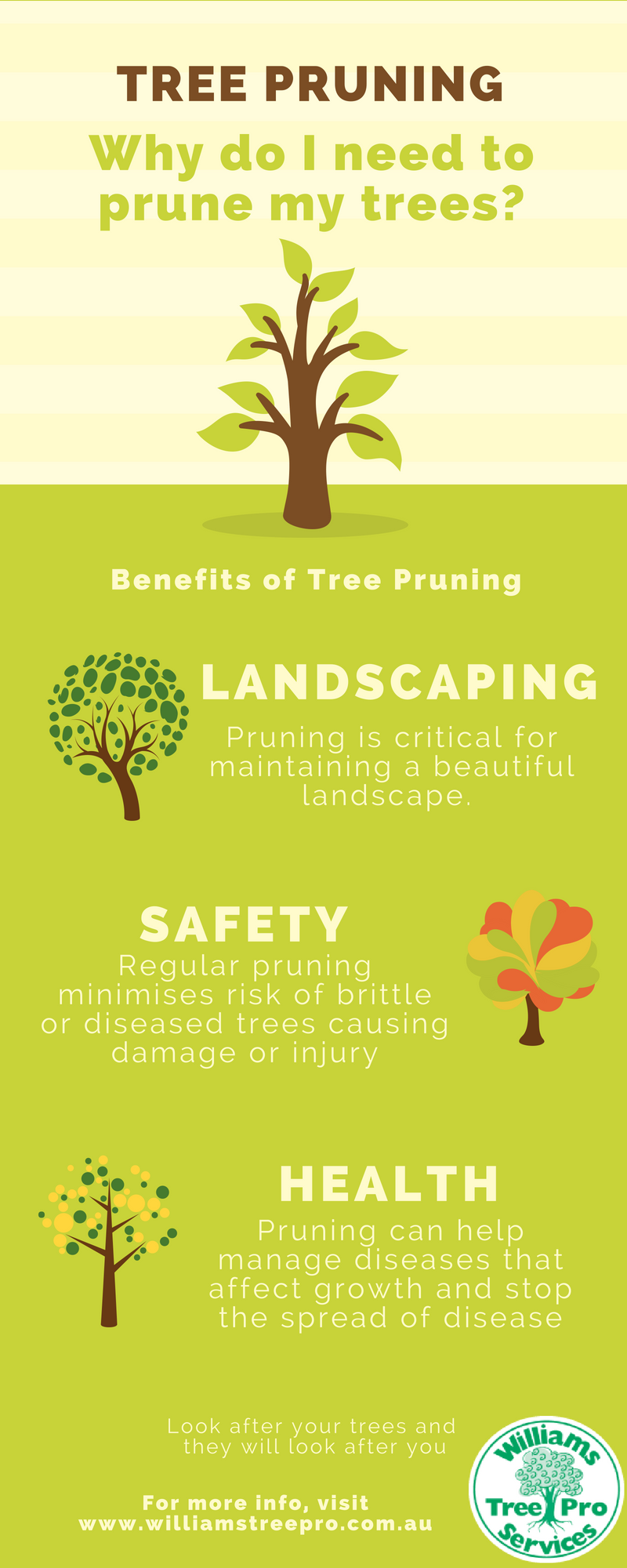Tree Treatment Throughout The Seasons: Ideal Practices For Handling Trees Before And Following Elimination
Tree Treatment Throughout The Seasons: Ideal Practices For Handling Trees Before And Following Elimination
Blog Article
Content Author-
When it concerns seasonal tree care, making certain appropriate monitoring before and after removal can significantly influence the health and wellness and looks of your landscape. By comprehending the required steps involved in evaluating tree health and getting ready for elimination, you can proactively secure your home. However what regarding the vital methods to adhere to as soon as the tree is gone? Keep tuned to uncover the necessary post-removal care measures that will assist you grow a flourishing and lasting setting for your trees.
Pre-Removal Tree Treatment
Before dealing with the elimination of a tree, it's essential to prioritize pre-removal tree treatment. Beginning by analyzing consulting arborist and wellness and architectural honesty. Look for indications of condition, bug infestations, or any type of structural problems that might pose a safety hazard during removal. It's vital to talk to a licensed arborist to identify the best course of action.
Pruning dead or infected branches can avoid more damages to the tree and guarantee a smoother removal process.
Additionally, think about garden property management of removing the tree. Trees play an essential role in our community, so growing a new tree in an ideal place can aid counter any loss. Make view that you have the essential authorizations and permissions for tree removal, especially if the tree is protected by regional laws.
Seasonal Maintenance Tips
Analyzing your tree's needs throughout the year is crucial for its health and durability. To keep your trees in top condition, follow these seasonal upkeep suggestions.
In springtime, concentrate on trimming to remove dead or damaged branches and urge new growth.
Summertime asks for normal watering, specifically during droughts, to ensure your tree remains hydrated.
As autumn approaches, keep an eye out for early indications of condition or stress, and consider applying compost to safeguard the roots during wintertime.
In wintertime, be cautious when eliminating snow from branches to avoid breakage, and continue to check your tree's overall health.
Keep in mind to adjust your care regular based on the certain requirements of your tree types and local environment. By remaining alert and proactive throughout the seasons, you can aid your trees prosper and flourish for many years to find.
Post-Removal Tree Care
To make sure the wellness of your landscape also after tree removal, correct post-removal treatment is essential. After a tree is gotten rid of, it's critical to fill up the staying hole with topsoil and compact it to stop settling. This will aid keep the honesty of the ground and stop prospective risks in the future.
Think about planting new vegetation in place of the eliminated tree to recover the equilibrium and looks of your landscape. Regularly water the area to promote the growth of new plants and protect against soil erosion.
Examine the bordering trees for any type of signs of disease or anxiety that might have been triggered by the gotten rid of tree. Keep an eye out for parasites that might've been attracted to the previous tree and take safety nets to protect the staying plants.
If required, consult with a specialist arborist to analyze the effect of the elimination on the bordering trees and figure out any type of extra treatment required. By adhering to these post-removal treatment actions, you can ensure the continued health and wellness and charm of your landscape.
Verdict
To conclude, aggressive seasonal tree treatment is crucial for preserving the health and wellness and balance of your landscape. By examining tree wellness, pruning, and speaking with an arborist before elimination, you can make sure a safe process. After removal, filling up the hole, growing brand-new plants, and routine watering will certainly advertise new growth and stop disintegration. Bear in mind to check surrounding trees for illness and look for further care steps from an arborist to keep your landscape flourishing.
